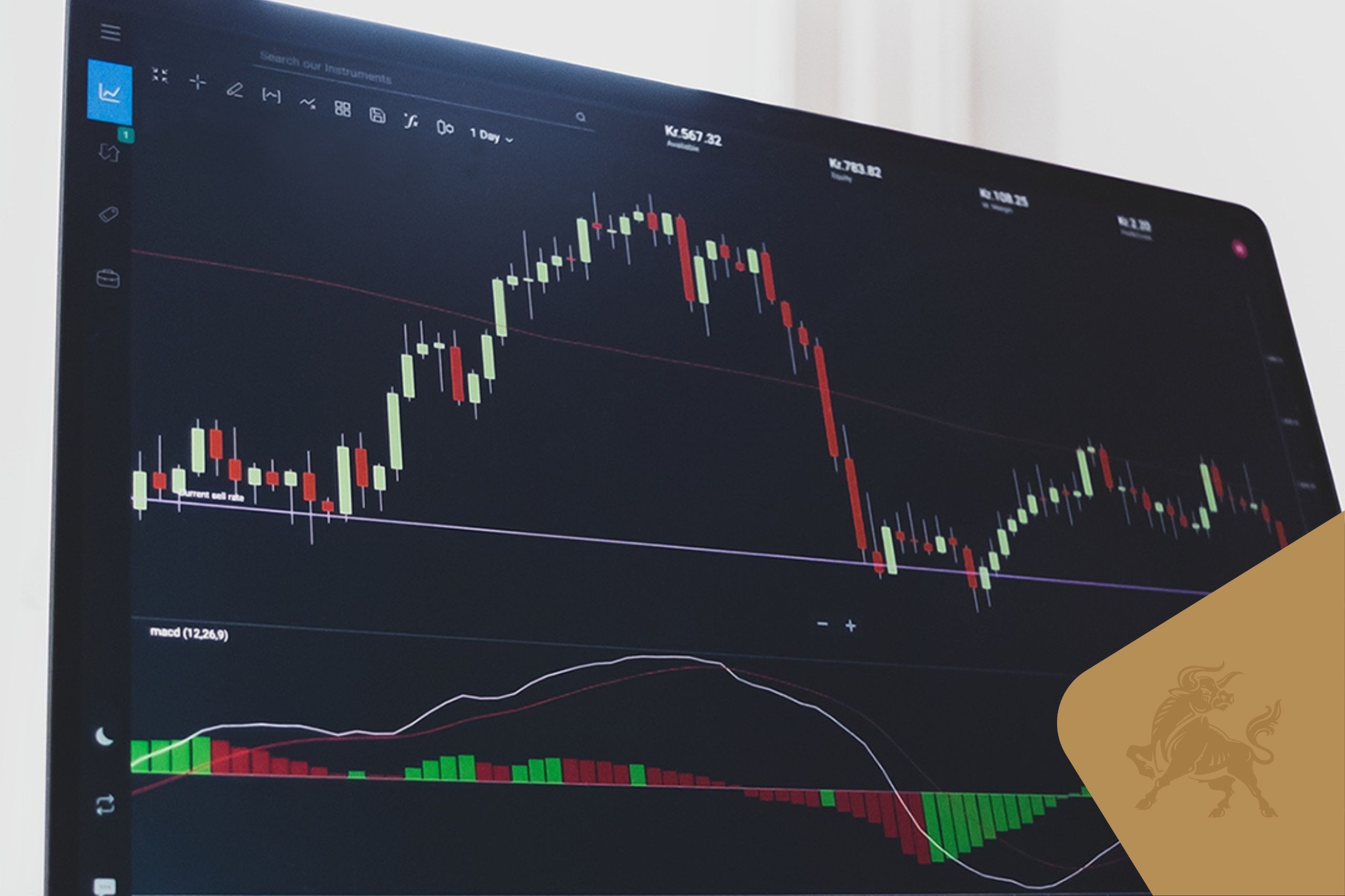
The traditional mantra when trading in financial markets is to buy low and sell high, based on the belief that the price of a particular asset will rise, allowing traders to profit from the asset’s increased value. This strategy is referred to as long or going long, and is in line with the expected upward-drifting trend of markets that enables investors to profit from an increase in the market value of their assets.
In addition to a strategy of going long in the markets though, traders have another opportunity to profit from changes in the prices of assets – known as going short, short selling or shorting. Short selling refers to when traders sell assets that they have borrowed, with an expectation that the asset price will decline, enabling them to buy it back at a profit. The trader essentially bets against the market and thus makes a profit when asset prices decline.
Let’s explore short selling in a bit more detail so that you have the know-how to be able to create an income no matter how the market performs.
Short selling explained
In essence, short selling trading is a strategy whereby a trader borrows an asset, such as stocks, and then sells it on the market based on a belief that the price of the asset will decline in future. The trader will usually borrow this asset from a broker. After selling it, the trader then hopes to later buy back the asset and return it to the broker, at a profit. By taking this position, which is referred to as a short position, the trader bets against the market. Should the asset’s price decline in accordance with the trader’s speculations, the trader then makes a profit of the difference between the asset price when they opened their position and the price when they closed the position. Thus, short selling presents traders with an opportunity to potentially profit from declining markets.
Like any form of trading, short selling is not without its risks. However, when it is executed strategically, it can also offer traders significant rewards. Let’s explore some of the pros and cons of a short selling trading strategy.
Why short-sell? The pros of short selling
While short selling presents traders with an opportunity to capatilise on declining markets, it has its fair share of pros and cons.
A major benefit of short selling is that it opens up a world of new trading opportunities for investors. This is because it offers traders a new domain of market activity to speculate on, where they are able to make a profit even if the price of an asset declines. However, it is important to note that short selling trading is an advanced trading method that carries the possibility of substantial risk. So the novice investor should ideally wait until they have some trading experience under their belts before attempting short selling.
That being said, another popular use of short selling is to use it to hedge against risk. With hedging, traders can protect themselves against the downside risk of a long position. An example would be if a trader were going long on a particular asset. A downward move in the market could negatively impact the trader so to help mitigate the risk, they would then sell short in an asset closely related to their long asset position.
The cons of short selling
The most significant disadvantage of short selling is that theoretically, the potential for losses is unlimited. This is because there is no ceiling or cap for an asset’s price, which means that the price can continue to rise infinitely. So in the event that the asset’s price doesn’t behave as the trader expected and the asset’s price instead increases, their losses could be unlimited. The higher the price of the asset goes, the more the trader will have to pay to buy back the asset, meaning they can lose significantly more than their original investment.
Another disadvantage of short selling is that traders can get caught in a short squeeze. If the price of an asset increases, a short squeeze occurs when short-sellers all try to close out their short positions at once. High demand for the asset attracts more buyers, which pushes the asset price higher, causing even more short-sellers to try to buy back or cover their positions. Which then results in even greater losses for short-sellers in that asset market.
Short selling trading is a high-risk strategy that also presents traders with the opportunity for high rewards. To get the most out of a short selling trading strategy, trading experience, extensive planning and a solid risk management strategy are imperative. For a platform that will allow you to practice and develop the experience and expertise you need to be able to profit from declining markets, look no further than Quick Trade. With Quick Trade, you’ll find all the resources you need to develop your skills and confidence as a trader, and create unlimited income with your investments.

